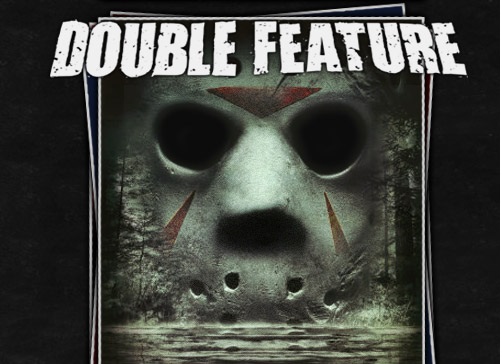
Whether it is Friday the 13th, Halloween, Nightmare on Elm Street or other movies, English teacher and horror movie watcher, Michael Piccoli, has nearly seen them all. Excited for the upcoming Saw 10 movie, Piccoli dubs himself as a horror aficionado.
“[Horror movies] aren’t the most beloved kinds of movies,” Piccoli said. “Everyone’s scared of dying to some extent and [horror movies] are a safe way to release some of those fears.”
Many horror fans will find themselves watching the original horror films we all know that come this spooky season. Along with the movies, comes the psychological part, which lies behind the scenes. The brain and its many functions are just part of the fun as to why so many adore these films.
The amygdala is an ‘emotion zone’ in your brain and is responsible for the feeling of fear, according to AP Psychology teacher Daria Schaffled. So the amygdala creates the emotion and the prefrontal cortex handles the emotion, which ends up in giving us the fear emotion of being scared.
According to ClevelandClinic, “fear is the main emotion that the amygdala is known to control. That’s why your amygdala is so important to survival. It processes things you see or hear and uses that input to learn what’s dangerous. If you encounter something similar in the future, your amygdala will cause you to feel fear or similar emotions.”
“The amygdala doesn’t act alone,” Schaffeld said. “There are numerous parts of the brain that do things like release adrenaline when you encounter a fight or flight situation … and I think the point of horror movies is to trigger that fight or flight response wherever they can.”
And through this fight or flight response your body increases your heart rate, gives you sweaty palms, and tenses your muscles, along with many more reactions.
“If there is a movie that is terrifying, I’ll find myself squeezing my hand or my palms start to get sweaty. So I have a physical reaction [when I watch those movies],” Piccoli said.
However, it is not only the amygdala and the prefrontal cortex creating that fear response, another function of the brain like neurotransmitters impact a huge amount of the feeling we call fear.
Additionally, neurotransmitters including endorphins and dopamine are produced. The brain knows after this process that the experience from a horror film is not a threat.
“I’m giving up myself to the movie to pick and prod at me to make me feel things and strong emotions. And I think that’s what fear is,” Piccoli said.
According to a poll taken on Rotten Tomatoes in 2020 titled: “What is the scariest movie ever?”, William Friedkin’s Exorcist won. Because of the movie’s excellent use of terror and suspense, we can see why so many people think this is the best horror movie.
Being a horror novel and film fenom, Steven King, created 3 tiers that are essential for a movie to be scary. As we can see from these tiers, this is why many enjoy Exorcist. Due to its use of terror and suspense, this is all that is needed to achieve the shock value of the audience. What makes a horror movie scary is the directors being able to cause tension between the audience and the film, according to Piccoli. To create tension directors use these three tiers: gross-out, horror and terror.
“The three levels of horror are the gross-out with the guts, horror when you actually see the monster, and the terror [which is] the sense of being afraid,” Piccoli said. “I think that [the] last one is the hardest of the three [to emulate], which is why I think Halloween is so good because it really lives in that area.”
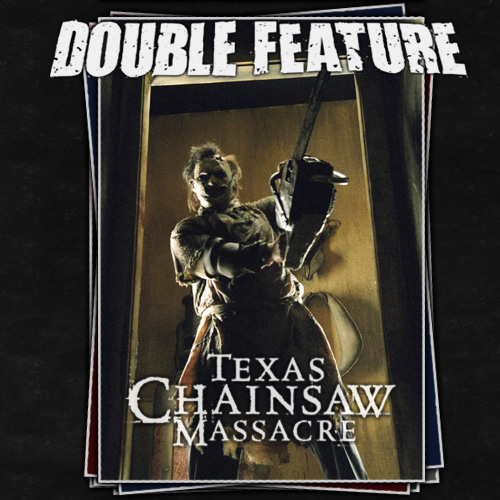
Piccoli explains that movies like Texas Chainsaw Massacre were so popular because of the gross-out factor with how brutal some murders were.
As we can see in Texas Chainsaw Massacre, this directly ties into the “Gross-out” of the audience. Piccoli agrees by saying that the special effects of Texas Chainsaw Massacre are some of the best he’s seen.
“They are convincing me of this ‘reality’ and it’s disgusting … but that’s the point,” Piccoli said.
For those who haven’t seen the sadistic acts of Leatherface, a clear example of this use of “Gross-out” can be viewed as early as the beginning scene of the first movie. Within the first scene, a decomposing corpse acts as a statute, allowing the audience to view the entirety of this remnant.
“I think the hook scene is what stands out to me the most [in Texas Chainsaw Massacre],” Piccoli said. “When the [main characters] go into the house because the teens are looking for help, there are a bunch of hooks of rotten food and meat. So when [Leatherface] picks up one of the girls to put her on the hook … you just see her dangling from the meat hook.”
Seeing most of the Texas Chainsaw Massacre movies, Piccoli claims that after the first film the series turns even bloodier and gory for the audience.
As we can see in Friday the Thirteenth remake in 2009, the use of horror is clearly stated when Chewie stares into the eyes of Jason thinking he is looking at Trent; the audience knowing who the masked persona actually is while the character is completely oblivious.
According to Piccoli this is an example of what horror is, when the movie allows the audience to see the ‘monsters’ and how startling they all look. For example, this is shown when viewers see Jason with a tall muscular body with black clothes and a hockey mask allowing the audience to subconsciously wonder why he looks like this. This is very similar to the tactics of the older movies’ monsters.
“The look of the universal old Frankenstein or Dracula and the grotesque, impossible way they look, that’s the horror,” Piccoli said. “So even something when Jason comes back from the dead and his skin is all rotten or even Freddy Krueger is a good example because his face is all burnt so just the look of that person is capturing the horror.”
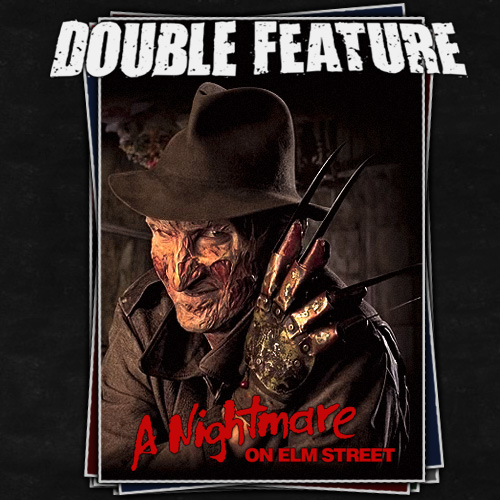
Piccoli claims that Nightmare on Elm Street is not profoundly limited to horror or gross out but rather both.
“I think a lot of Nightmare on Elm Street films’ appeal actually comes from the horror and gross-out,” Piccoli said. “Especially as you go on throughout the series, the movies get more and more creative because it’s in a dream, and you can do whatever you want. So they get more creative about how to chase after the victims and deal with the victims too. So it’s showing it in more imaginative, but horrific types of ways.”
As for terror, movies like Friday the 13th and Nightmare on Elm Street use this aspect to maximize the overall scare factor of each movie.
Suspense is the main use of terror we see with plenty of examples like when Chelsea was under the pier hiding from Jason waiting for what’s going to happen next. Or another example, where Clay was going down into Jason’s lair easily creating tension between the audience taking in the form of suspense.
“The hardest tier to achieve [in a horror movie] is terror.” Piccoli said. “Which I would definitely include suspense to define it, but … It’s the feeling that something is off or wrong … But terror is certainly harder to achieve than just something horrific or gross … to make people have real terror in their gut.”
According to a quote by Steven King on Regmovies.com, “It’s when you come home and notice everything you own has been taken away and replaced with an exact substitute,” King said. “It’s when the lights go out and you feel something behind you.”
“I think the Saw movies make you really uncomfortable [with all of Jigsaw’s traps] and horror movies in general that are uncomfortable like that make you just not want to be in that position. And it leaves you really wondering what the characters in those movies would really do and the choices they would make,” said Saw enthusiast, senior Isabella Gaby.
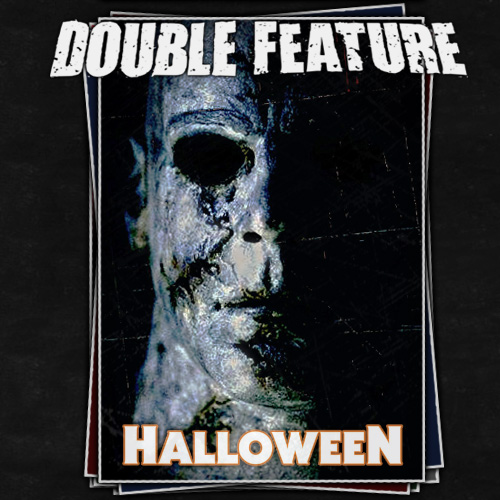
Having Halloween be the favorite out of all the classic horror movies, Piccoli claims this is the exact reason why the movie was so successful, because of its main use of terror.
One of Piccoli’s favorite scenes in the first Halloween was when Laurie Strode digs a knife into Michael Meyer’s shoulder in an encounter with him in a home. When Strode does this, Meyer falls down allowing Strode to run to the door. Having experienced a traumatic event of someone trying to kill her and stabbing a man, she begins to break down. However, the entire time she does this the audience gets a shot of Meyers in the background slowly sitting up, with Laurie unaware this is happening.
“The entire time when she is doing this, we can see the top half of the person laying on the floor slowly get up and the music starts to go,” Piccoli said. “Laurie doesn’t know but [the audience] knows ‘He’s coming! He’s coming!’”
As we can see in numerous scenes in Halloween, this movie uses terror the best. There are plenty of examples of the use of suspense with Michael hiding somewhere about to kill. However, terror is more profound throughout the movie. The best example of this, however, is in the Halloween theme song.
“I think people very often ignore the power of music.” Schaffeld said. “The tempo of the music and the type that is being played and that plays a huge role in ways that scene is interpreted. Biologically there are certain cords that activate our fear response … like the soft Ch Ch Ch Ah Ah Ah in Friday the Thirteenth.”
Without knowing there was this immediate biological response, Piccoli has even picked up on horror movie’s use of music.
“I think another thing Friday the thirteenth specifically does pretty well to build suspense is the kind of music it uses. I think it’s inspired by Psycho … whenever the people are getting killed or the Ch Ch Ch Ah Ah Ah when you know something is about to happen,” Piccoli said.
Watching mainly psychological horror movies, Gaby enjoys more horror movies that make the viewers think rather than the typical slasher films. With this, Gaby does not like the common slasher films, due to some scenes that show gore for no reason, unlike Saw that uses that gore for the overall plot.
“[Horror movies] can be really good if they take it seriously,” Gaby said. “I like horror movies that have twists and are more detailed as compared to ones that are easy to guess the ending of.”
Movies like Halloween and Friday the Thirteenth could be an example of the endings becoming more predictable due to the common stereotypes it contains; the directors having the killers go after cliche people.
“People talk a lot about those slasher movies of the 80’s,” Piccoli said. “ … But that was during the Regan era, which was a really conservative era. And who are the people getting killed? The college kids that are having sex, and drinking [alcohol], doing drugs, and those kinds of things … and the final girl who didn’t do any of that stuff and is the purist is the one who survives.”
According to Piccoli, while some people may hate watching horror movies because of its dark messages, some people love them for exactly the same reason.
“Horror movies can get to the fears of the general populace,” Piccoli said. “It’s just like when you are going down a roller coaster, you feel like you are falling from the sky and you’re going to die … It’s a dark pleasure … It’s a way to feel some of those unpleasant elements in life in a safe way that makes it fun.”



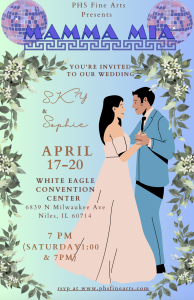
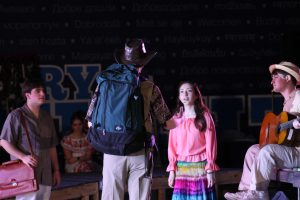
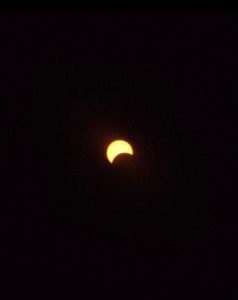
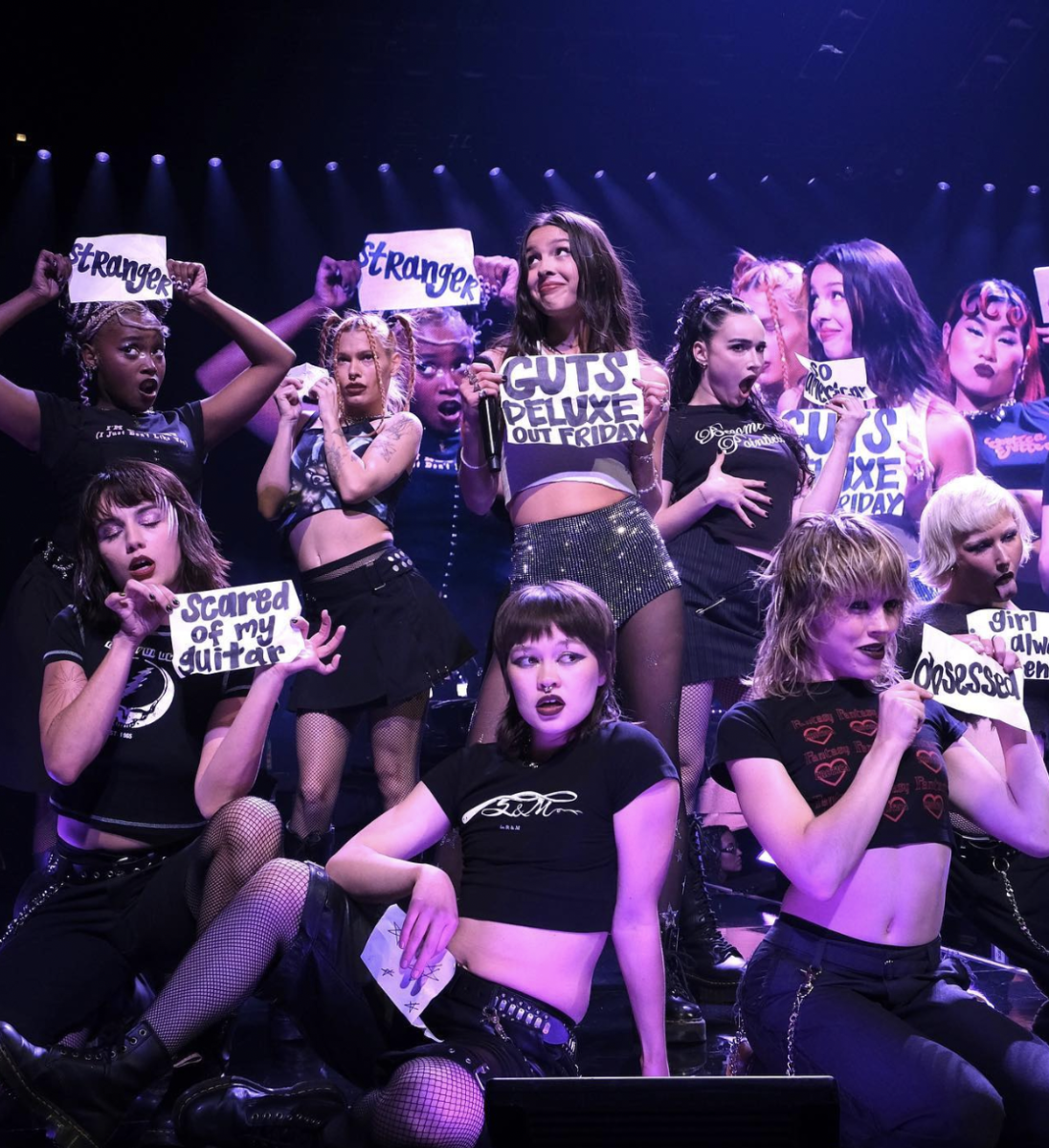
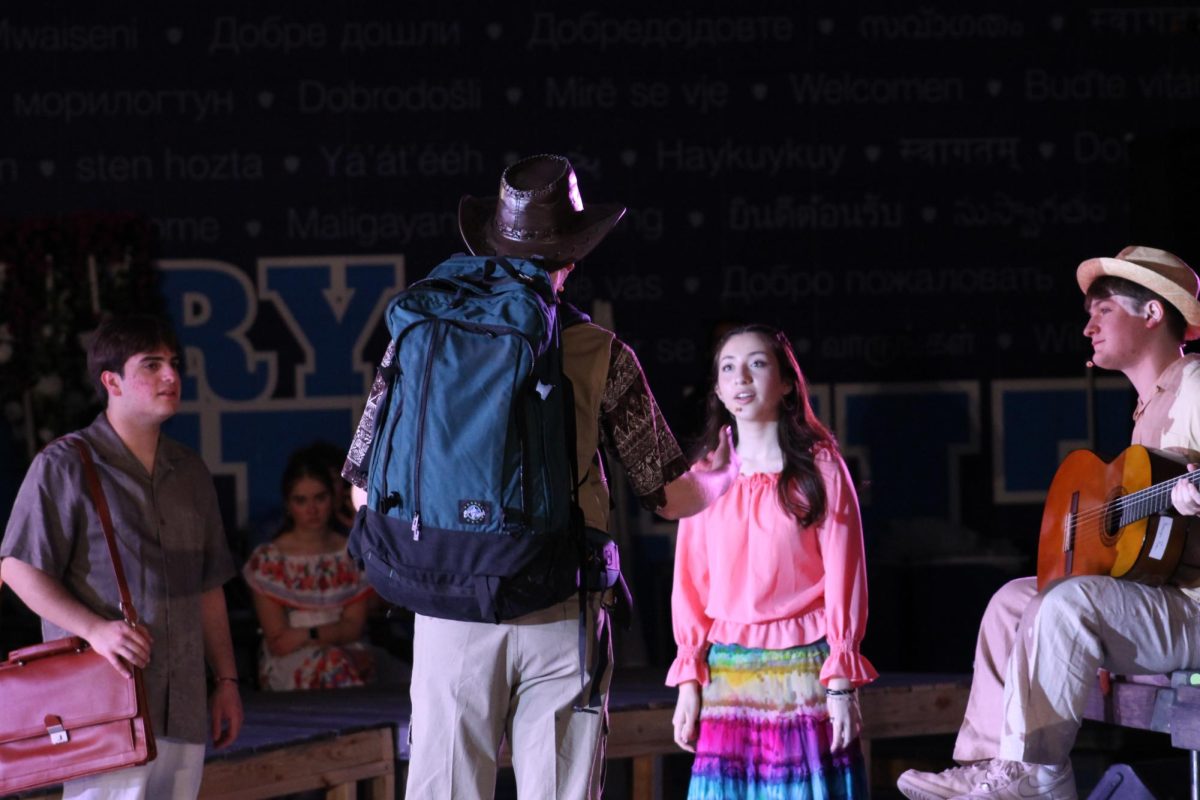
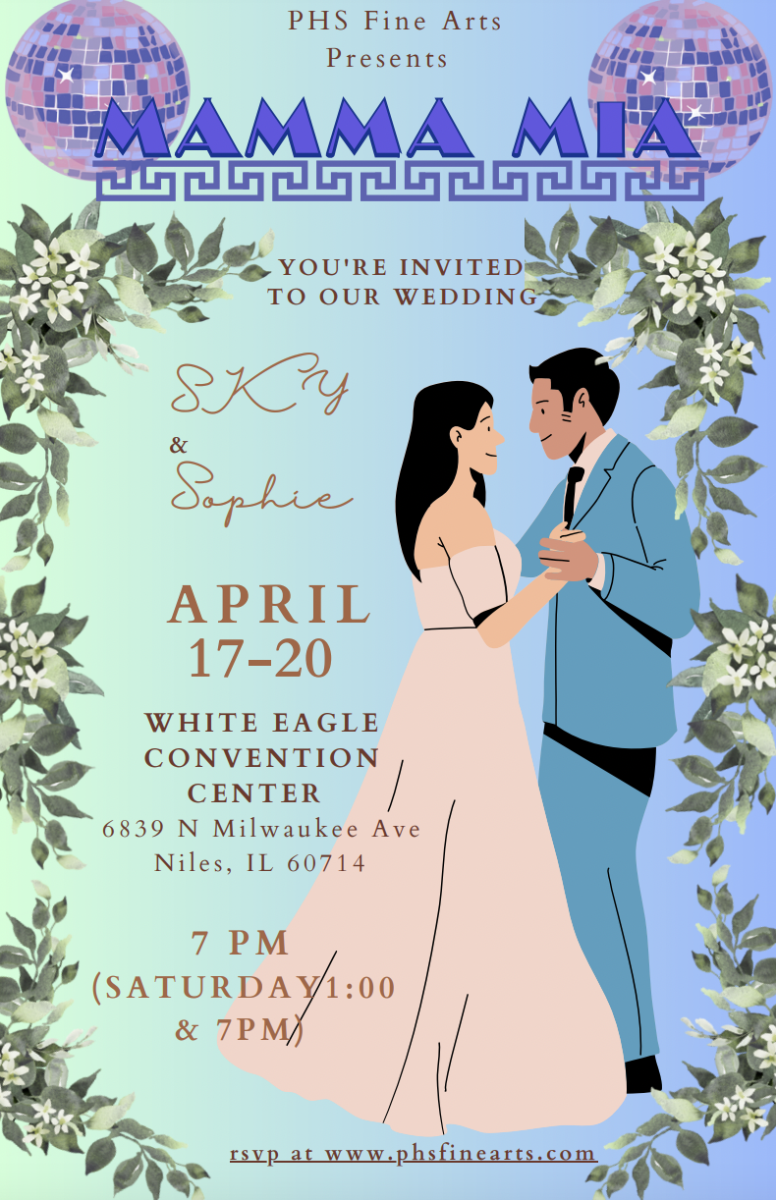
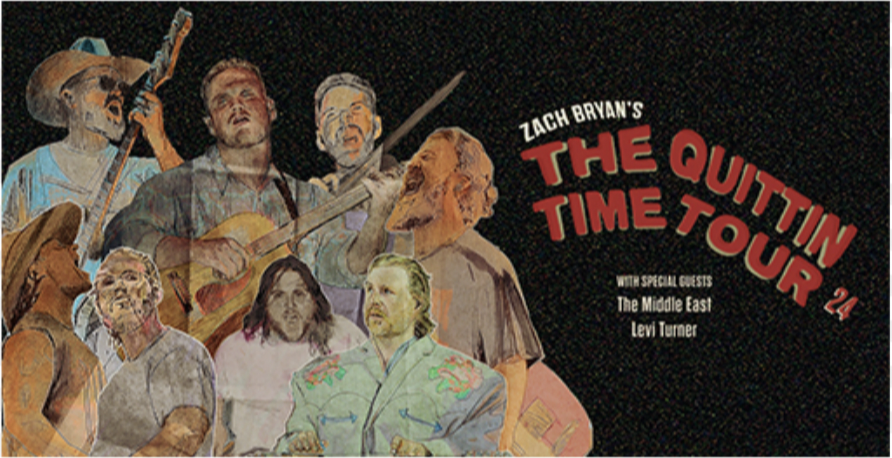

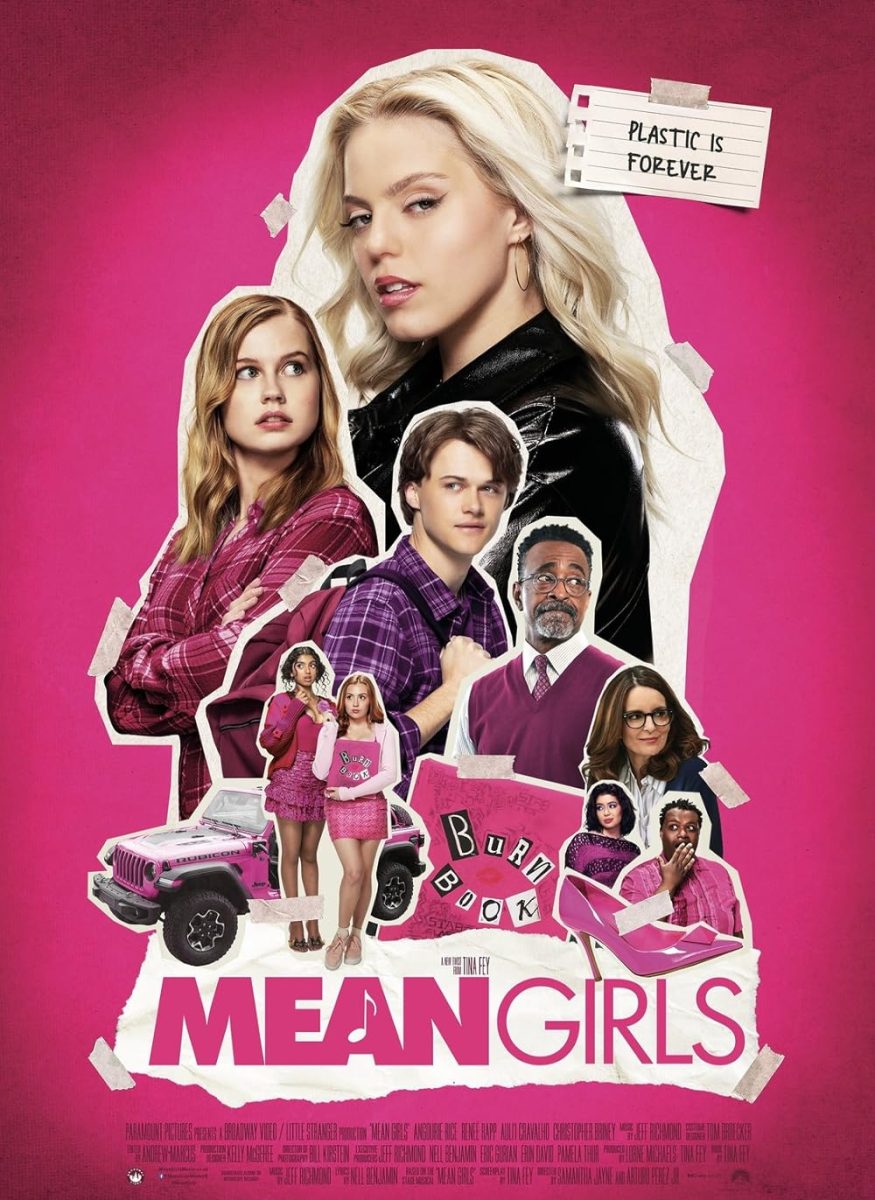
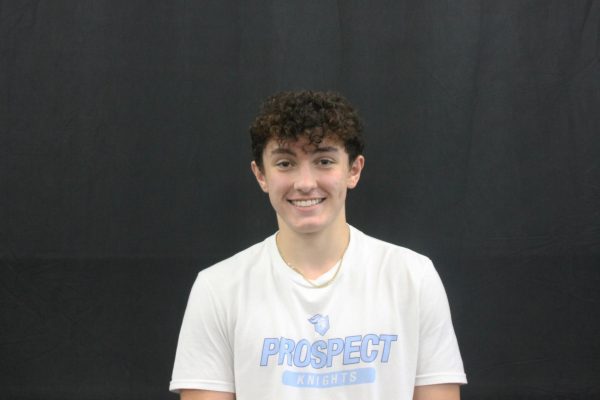
Jacob K • Nov 1, 2023 at 1:37 pm
Quality read.